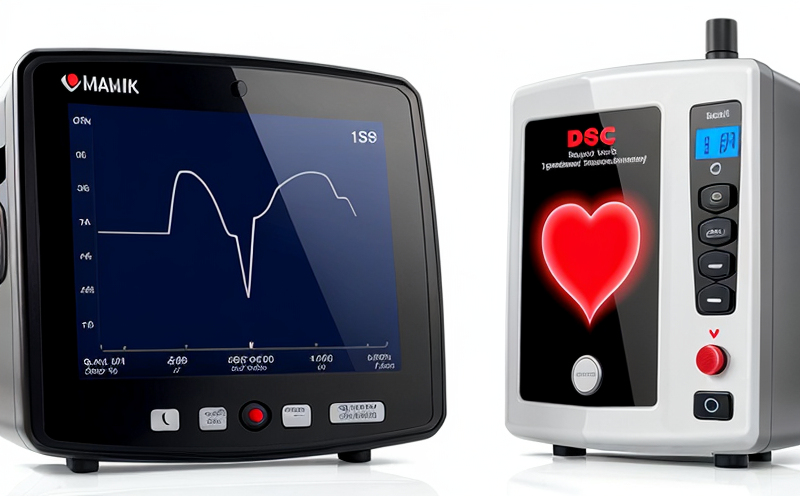ISO 25539-2 Stent Flexural Fatigue Testing
The ISO 25539-2 standard outlines the procedure for conducting flexural fatigue tests on metallic stents. This critical test evaluates how a stent will perform under cyclic loading conditions, which is essential to ensure that medical devices meet safety and performance requirements before being approved for clinical use.
Flexural fatigue testing simulates real-world scenarios where a stent may experience repeated bending or flexing over time. This can occur during normal usage in the patient’s body due to natural movements or additional stress from adjacent anatomical structures. The test helps identify potential weaknesses within the design that could lead to failure, ensuring that only robust and reliable products reach the market.
The testing process involves securing a specimen between two clamps and subjecting it to repeated bending cycles until fatigue-induced damage becomes visible or measurable. During this procedure, precise control over load magnitude, frequency, and duration ensures accurate assessment of stent performance. Compliance with ISO 25539-2 guarantees consistent results across laboratories worldwide, fostering trust among healthcare providers.
At Eurolab, we employ state-of-the-art equipment specifically designed for flexural fatigue testing according to international standards like ISO 25539-2. Our team of experts meticulously prepares each specimen by cleaning, inspecting, and marking it appropriately before commencing the test. Throughout the process, real-time monitoring ensures adherence to specified parameters, providing reliable data upon completion.
Our services encompass not only testing but also comprehensive support throughout your product development lifecycle—from initial design through final validation. By leveraging our expertise in cardiovascular device testing, you can rest assured that every aspect of your stent’s performance is thoroughly evaluated against relevant standards and best practices.
Applied Standards
The primary standard applied during ISO 25539-2 flexural fatigue testing is ISO 25539:2018, which specifies requirements for the mechanical testing of metallic stents. This includes guidance on specimen preparation, test setup, operational parameters such as load application rate and cycle count, as well as criteria for interpreting results.
Other relevant standards that may influence our approach include ASTM F756-14a (Metallic Stent Performance Testing), EN ISO 20389-1:2012 (Performance Tests on Metallic Endoprosthesis—Part 1: General Requirements), and IEC 60601 standards for medical electrical equipment. These provide additional context regarding environmental factors, patient safety considerations, and overall design evaluation.
Our laboratory adheres strictly to these guidelines when performing flexural fatigue tests ensuring consistent quality across all projects. This commitment ensures that every test conducted meets the highest industry expectations while providing valuable insights into your device’s durability and reliability under simulated usage conditions.
Eurolab Advantages
At Eurolab, our comprehensive suite of services offers unique advantages for those seeking ISO 25539-2 flexural fatigue testing. Our dedicated team of professionals brings decades of combined experience in medical device development and regulatory compliance to each project.
- State-of-the-art equipment: We utilize advanced instrumentation tailored specifically for metallic stent testing, ensuring accurate measurements and reliable results.
- Expertise in multiple disciplines: From R&D engineers to quality managers, our staff possesses deep knowledge across various aspects of cardiovascular device design and manufacturing.
- Dedicated project management: Each client receives personalized attention tailored to their unique needs and timelines. Our goal is always to deliver timely reports that support your business objectives.
- Comprehensive service offerings: Beyond mere testing, we offer full lifecycle solutions including design reviews, material characterization, and clinical trial support.
By choosing Eurolab for ISO 25539-2 flexural fatigue testing, you gain access to a partner committed to excellence in every aspect of your project. Let us help ensure that your stents are not only compliant but also among the safest and most effective available.





